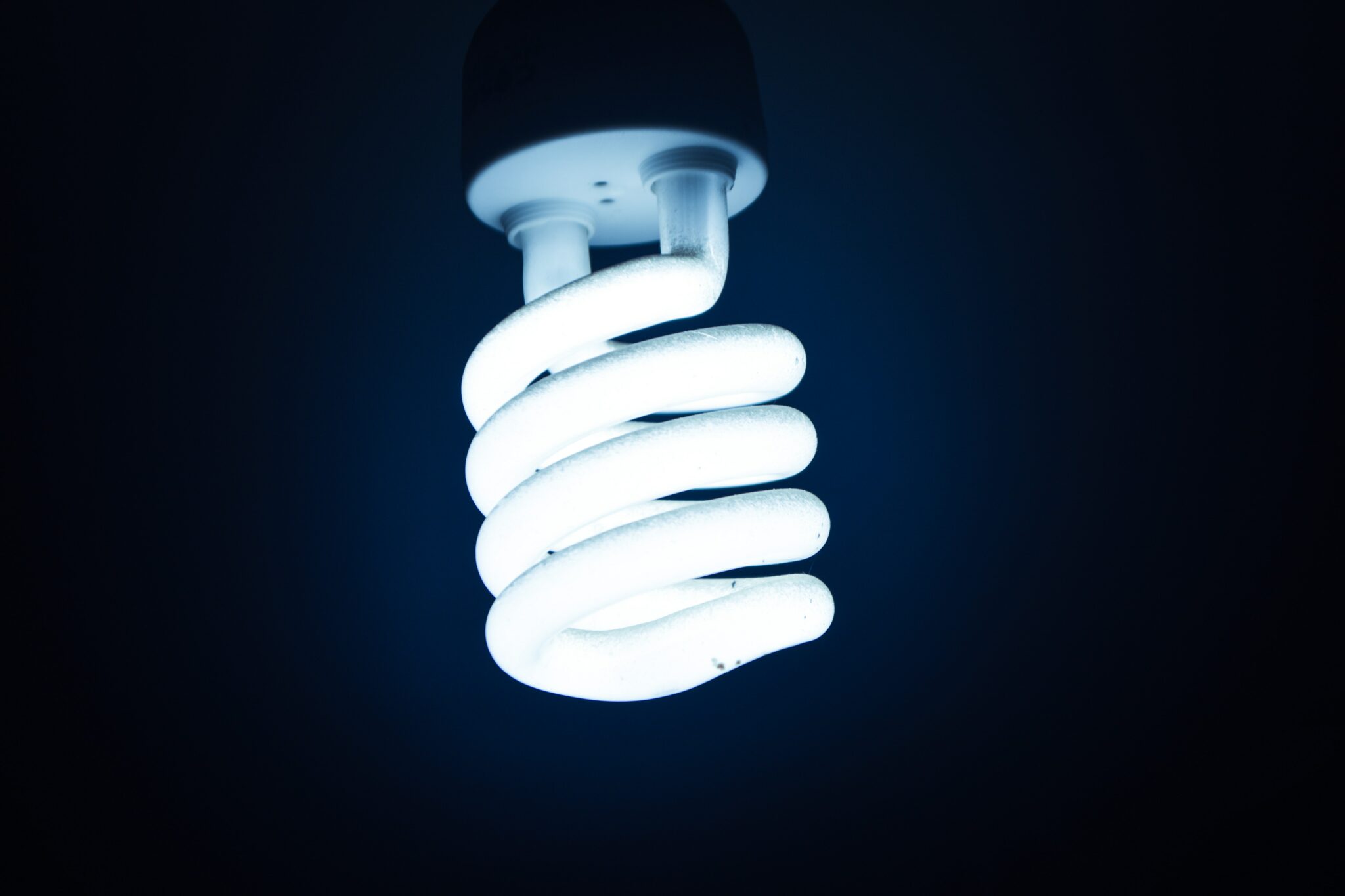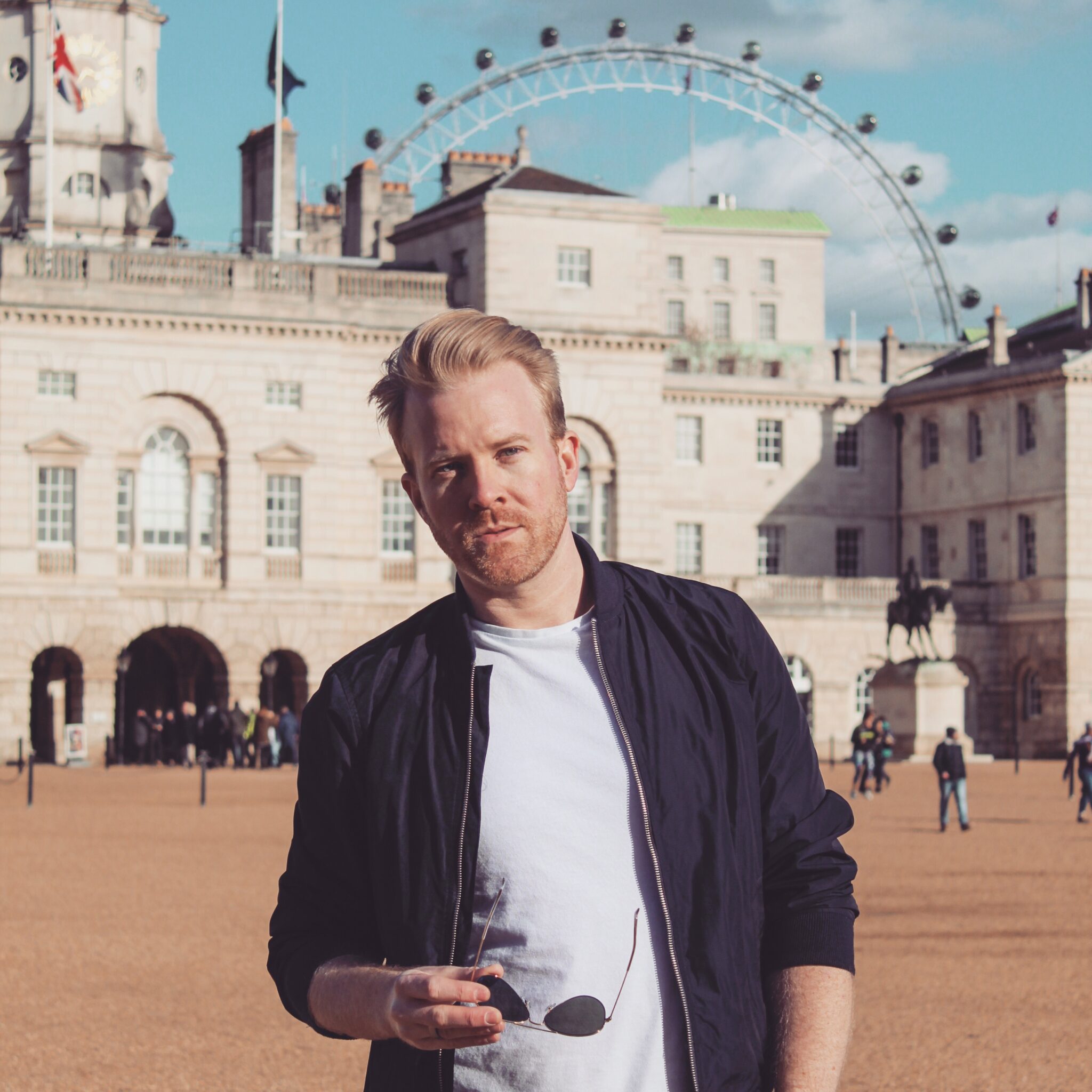In recent years, environmental consciousness is a subject most of us are talking about. Beyond that, we have even taken some actions to reduce our impact on the planet. Of course, it is not enough, but there is one thing you can do for a greener home or business, and that’s called LED lights.
LED lights are eco-friendly because they save energy, last longer and their components are less harmful for the planet. That’s why companies like Lepro have focused more on selling these than other types of bulbs. Anyway, let’s go into some details.
Energy saving

Compared with incandescent and fluorescent (CFL) bulbs, LEDs use less energy because of the way it works, say, how they use electrical current to emit light. For instance, a regular bulb uses 60w to produce around 800 lumens while diodes only use around 10w.
But there is another advantage over traditional bulbs. These use almost 90% of the energy received and convert it into heat, making you spend more on cooling while getting less light.
It’s true CFL are more efficient than regular bulbs and produce less heat. The thing is that LEDs even beat those bulbs in terms of energy use and how it’s used. Most of the power a LED gets converts into lumens and emits a really small amount of heat because of the aluminium heat sinks.
For small places, like home or the office, you may want bulbs from 800 to 1200 lumens, depending on how bright you want it to be. Also, there are options for wide places like the industrial led high bay lighting that works perfectly for shops, warehouses, garages, and similar places.
Replacement frequency

Apart from saving energy, and money on your electrical bill, LEDs are less harmful for the environment for its life span is higher than regular and fluorescent bulbs. LEDs tend to last for 50000 hours of continuous use, equivalent to 5 years.
This only means that you would be changing your bulbs at least every 5 years. But it can extend to around 10 years, depending on how much time you have them turned on.
Moreover, using bulbs with a high life span guarantees we don’t have to buy them regularly, thus slowing the process of producing them. To give you some numbers, you would need to replace incandescent bulbs every month if you use them 24/7.
In other words, one LED bulb would last 5 years. In contrast, you would need 12 traditional bulbs a year, 60 of them in 5 years.
Disposal
Once an incandescent bulb has burned out, you can’t recycle the glass because getting rid of the filament that comes with these bulbs is hard. CFL bulbs are more dangerous as they use mercury, a toxic substance. Check a retailer, like Home Depot, to see if they recycle used fluorescent bulbs.
Now, you can tell a different story when talking about LEDs. They just use diodes that emit light when excited with electrical current. Although you can dispose of them safely in your waste, the aluminium heat sink can be reused or even made with recycled aluminium.


